“I Can’t Believe You Have a Hog Barn Here”

Why Iowa Farmer Richard Rosener Switched to Manure Master™ Plus
At-Plant “Jump Start Yield”

Nitrogen fertilizer prices are shattering records. Supply chain challenges are getting worse. Inflation and shortages are becoming the norm. What’s your next move? Plant less corn next spring? Cut back on fertilizer to save money? It’s time to control the controllables on your farm and get the soil microbes going so you can access the free fertilizer that’s already in your fields. Free fertilizer? Yep, you’ve got it. Click here to learn how to maximize it.
Microbes, Manure and Better Water Quality
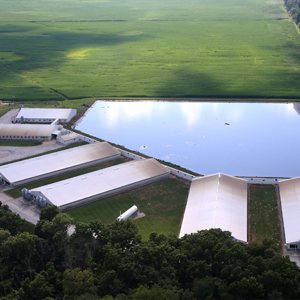
When was the last time you heard anyone outside of agriculture praise farmers’ efforts to improve water quality? Livestock producers, in particular, often get blamed for water quality challenges. While many farmers have adopted more eco-friendly farming practices to protect water quality, there’s still a missing link. Managing microbes is key to putting the right biology into manure. Click here to learn 10 ways microbe management makes nutrients readily available, limits nutrient leaching, controls odor and even makes more room in your manure pits.
Residue Management “Second Harvest”
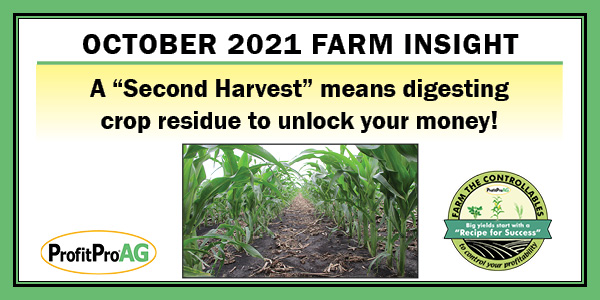
With the threat of rising fertilizer prices, it’s essential to maximize the free fertilizer you have in your fields already. Where’s that fertilizer, you ask? It’s locked up in your corn residue. Tough, “super stalks” are often part of raising insect-resistant, high-yielding corn with modern seed genetics. The stalks’ slow decomposition, however, can create big headaches, especially if you plant continuous corn or are a no-tiller.
“I’ve seen stalks lay out there for two and a half years or more,” says Josh Knapke, a 4th generation Ohio farmer who raises corn, soybeans, wheat, hogs and cattle.
Simply slicing up corn residue and tilling it into the soil doesn’t speed up decomposition. Knapke has learned that it’s vital to bring the biology back into the soil to break down crop residue efficiently, boost soil health and unlock nutrients in the residue to nourish next year’s crop. Click here to see how residue management after harvest has become a key tool Knapke and his brother use to build soil health and boost yield potential.
Stalk Rot
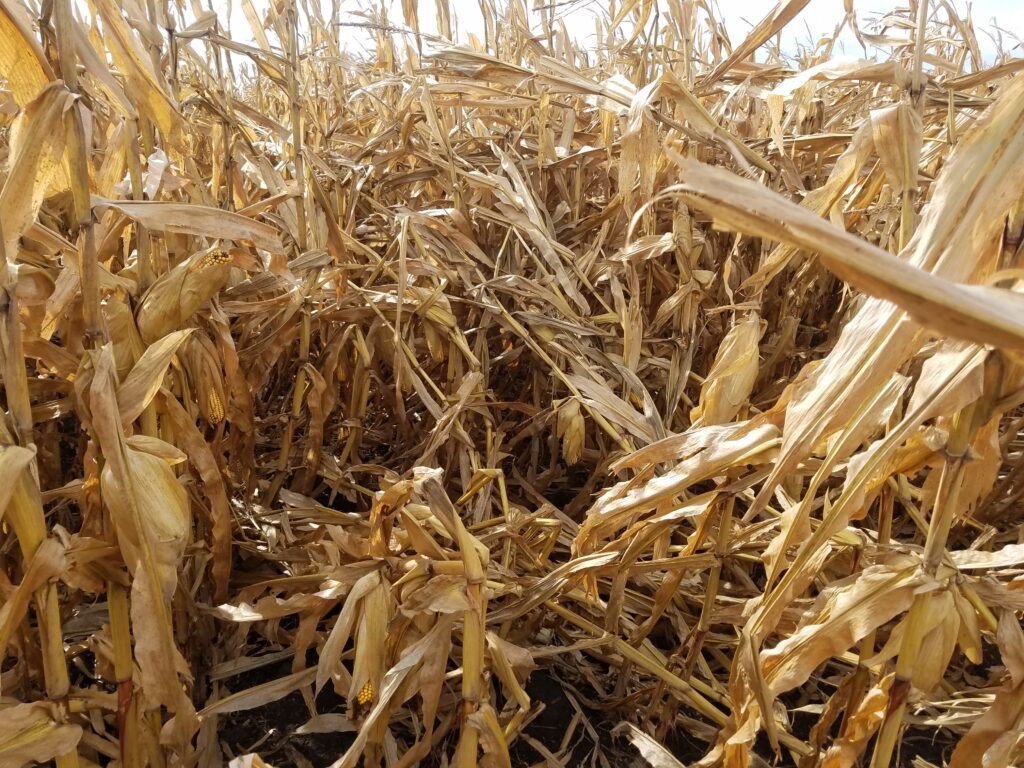
If drought conditions hit your area this summer, there’s a good chance stalk rot might be lurking in your fields. How do you know if your corn crop is at higher risk for lodging this harvest? Click here to put your crop to the test and prioritize which fields to harvest first.
Fall Armyworms
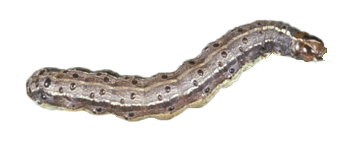
If you grow small grains like wheat, alfalfa, hay or cover crops, there could be big trouble lurking in your fields right now. Click here to determine if you’re at threshold levels and how to prevent armyworms from destroying your crop.
Biologically Treat Manure

Crusting. Sludge. Flies. Odor. Foam. Toxic gasses. What if you didn’t have to fight these challenges with your manure pit? Yes, it’s possible. When natural systems are working properly and biological systems are in balance, manure is quite easy to manage. So why aren’t more people talking about the biology of manure management? Read on for some biology 101 that can help you cut down on solids, improve potassium and phosphorus availability, and make manure more usable.
Utilize Crop Rotation & Cover Crops

It’s no secret that cover crops offer an array of benefits. But maybe you’ve experienced a cover crop failure. Challenges like this tend to arise when cover crops are treated as an afterthought. John Urbanick, a Pennsylvania farmer and ProfitProAG client, knows you’ve got to manage cover crops, much like you manage a cash crop. John and his brother Joe have been growing cover crops for the past decade to improve their soil. Cover crops have also cut their ragweed challenges by 50%. Plus, the cereal rye in their “super scavenger” seed mix pulls in valuable nitrogen from the soil. “We’re trying to grow our own nitrogen,” Urbanick says. Click here to see how the Urbanicks make cover crops work, and learn a simple, 3-step process to help you succeed with cover crops.
Is your pit foaming
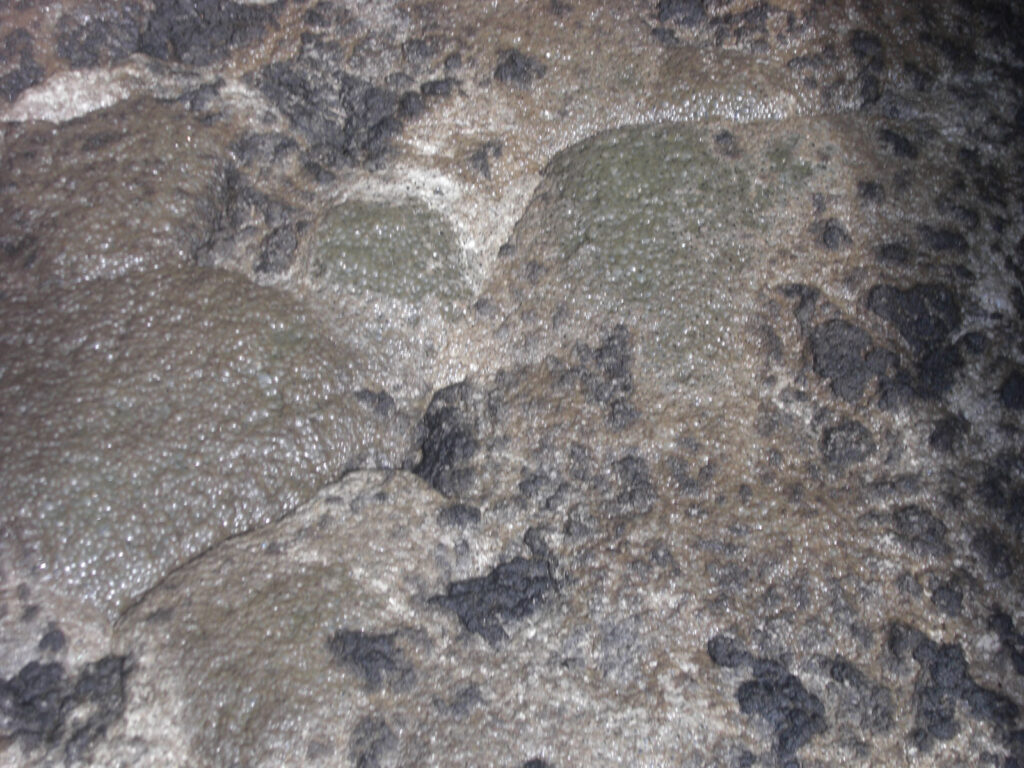
If your manure pit is foaming manure pit, you need answers—now. Just ask John Yoder, vice president of manure-handling equipment for Eldon C. Stutsman, Inc., eastern Iowa’s largest retail and wholesale supplier of agricultural products. Plenty of products claim to manage foam, but not all deliver on their promises. A few years ago when the Stutsman team heard about ProfitProAG’s Manure Master FoamAway, they were interested, but skeptical. Around this same time, a farmer with a foaming pit was calling the Stutsman team for help, and time was of the essence
Reduce Tillage Cost
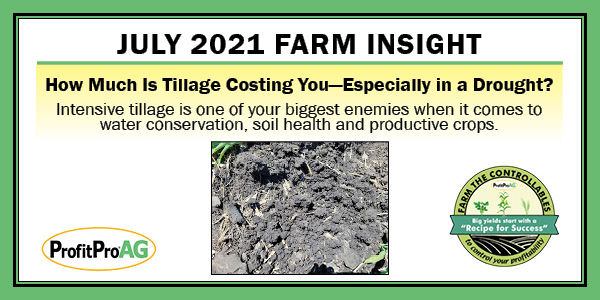
Got rain? While there’s plenty of talk about praying for rain and jokes about rain dances this summer, why aren’t more people discussing tillage? How much is tillage really costing you, especially when Mother Nature turns the water off? We contend that intensive tillage is one of your biggest enemies when it comes to water conservation, soil health and productive crops. Don’t overlook 3 practical steps to help you cut tillage costs (and still break down crop residue efficiently), boost your soil’s water-holding capacity, and produce healthier, higher-yielding crops. Click here for all the details.
